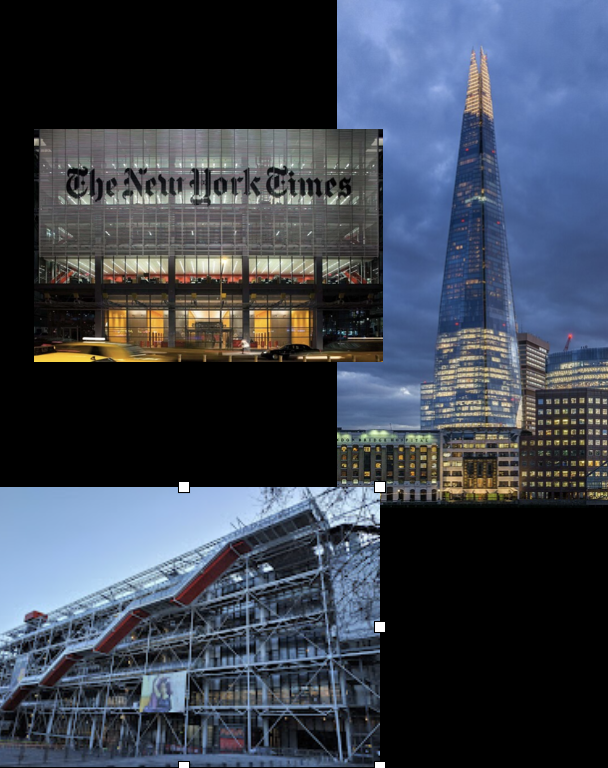Aesthetic Experience AM-130
1/46
There's no tags or description
Looks like no tags are added yet.
Name | Mastery | Learn | Test | Matching | Spaced |
|---|
No study sessions yet.
47 Terms
Principles and Elements of Design
The basic building blocks and rules used to create visual art and design. Includes line, shape, form, space, color, value, texture, light, shadow, harmony, repetition, rhythm, pattern, closure, variety, balance, proportion, dominance, and movement.
Design Codes
The recognizable combination of principles and elements of design that make a designer’s or design house’s work distinctive.
Aesthetic Response (non-utilitarian)
A reaction to an object or experience based on beauty or sensory pleasure, rather than practical function. Not neccesary to survive.
Non-Aesthetic Encounter
An interaction with an object focused on utility or function, not beauty or sensory experience.
Aesthetics
The study or theory of beauty, including the psychology, sociology, and philosophy of art and design, dealing with inspiration, intent, forms, and psychological effects.
Aesthetic Experience
The sensitive selection or appreciation of formal, expressive, or symbolic qualities of a product, piece, or environment, providing non-instrumental benefits that result in pleasure or satisfaction.
Formal Qualities
The perceivable, sensory features of a composition, such as color, texture, line, shape, melody, tempo, scent, etc.
Expressive Qualities
Aspects of a work that reflect the emotions of the creator and evoke emotions in the viewer. (This paining makes me feel…). Expressiveness if inhearent and is due to learned responses.
Symbolic Qualities
Aspects of a work that communicate ideas, concepts, or associations through symbols, which may be realistic, stylized, or abstract. May have no physical resemblance to the ideas being expressed.
Instrumental Qualities
The utilitarian or functional properties of an object—what it allows a person to do.
Non-Instrumental Qualities
The properties of an object appreciated for their own sake, independent of practical function (e.g., beauty, style). Aesthetic experience results from appreciation of these qualities.
Pleasure and Satisfaction
Emotional or sensory gratification that can be positive or negative but leads to a fulfilling experience.
Visual Field
Viewing from a fixed position and describing exactly what is seen relative to the viewer’s perspective, acknowledging that objects change based on the viewer’s position.
What is art and design as a physical object?
Fornal analysis, what we see.
What is art and design as a visual experience?
Description of the visual features and analysis of their effects.
What is art and design as a cultural artifact?
Art in realation to historical context. We want to know why, who made it, how it functioned, etc.
Shared Characteristics
Artists working in the same time and place typically have common features.
Visual (Formal) Analysis
Elements and how they are organized. (Terms like atmosphere, tone, pattern)
Natural Phenomena
Any observable, non man-made event occuring in nature. (Ex. sunsets)
Art
A visual object or experience consciously created through an expression of skill or imagination.
Design
To make or draw plans for something, arranging elements in a way as best to accomplish a particular purpose.
Manufactured Stimuli
Made for a purpose
Wabi-sabi
A concept, an aesthetic, and a worldview. Simplu, an intuitive way of living the emphasizes finidng beauty in imperfection, and accepting the natural cycle of growth and decay.
Sensitive Selection or Appreciation
This can result from the aesthetic experience. We look, judge and appreciate the materials and how those are arranged, Requires training, is not automatic.
Pleasure responses
Are hard wired, can be connected to the well-being of humans.
Individual preferences and past experiences
Can influence how we see things, which is why we do not always see something or interpret it in the same way.
Fixed position
Examining exactly what is in front of you in great detail, it is relative to the viewers positions, object changed based on position.
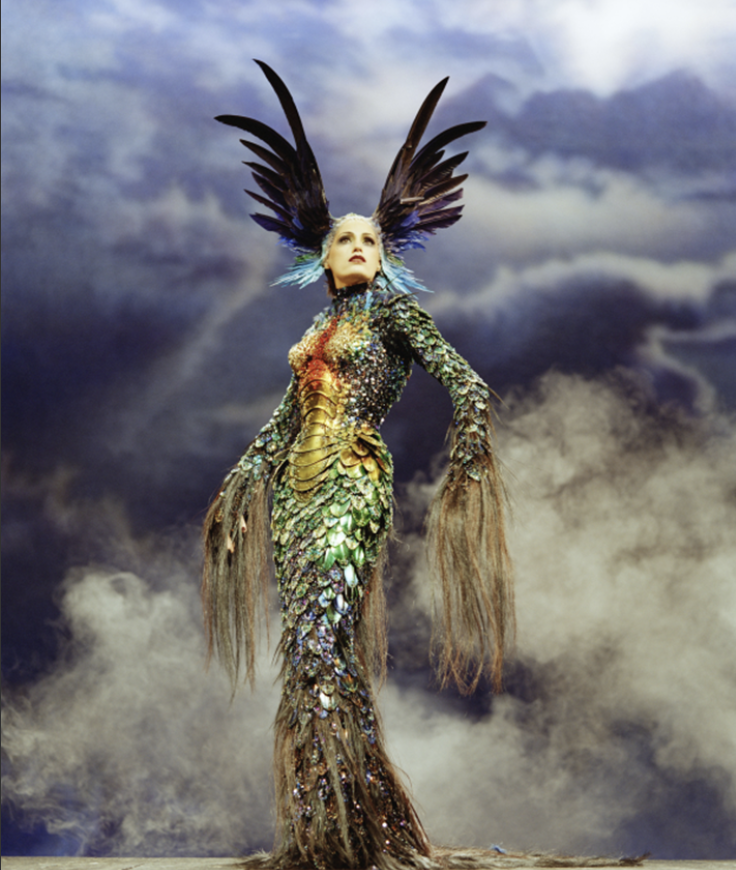
Thierry Mugler, Haute couture Fall/Winter 1997–98 collection (“La Chimère”)
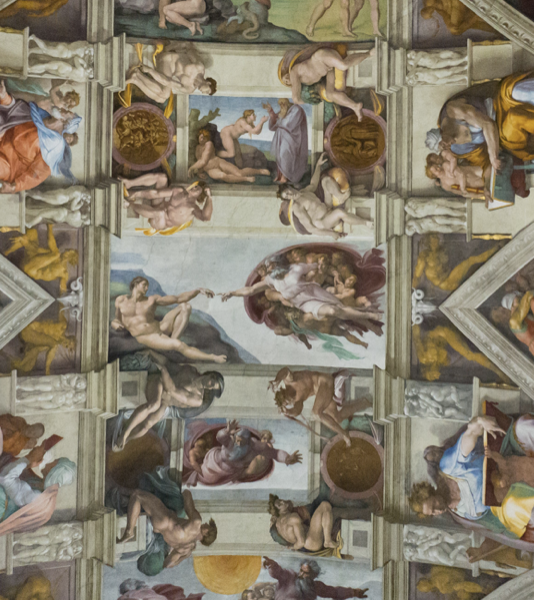
Michelangelo, Ceiling of the Sistine Chapel (detail), 1508–12, Vatican, Rome
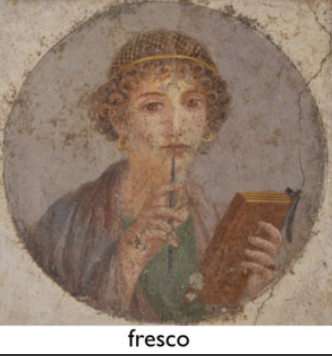
Woman with wax tablets and stylus, c. 50 C.E., fresco
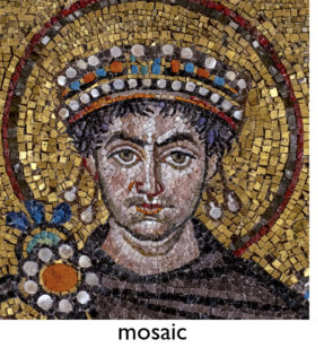
Justinian (detail), Justinian and Attendants, mosaic, north wall of the apse, San Vitale, Ravenna, Italy, c. 547
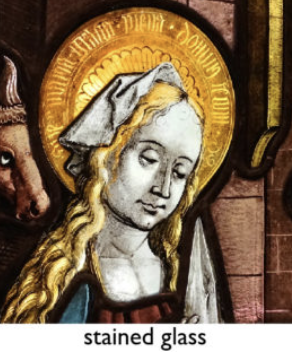
Circle of Peter Hemmel von Andlau, Adoration of the Magi (detail), 1507, pot metal and colorless glass, vitreous paint, and silver stain.
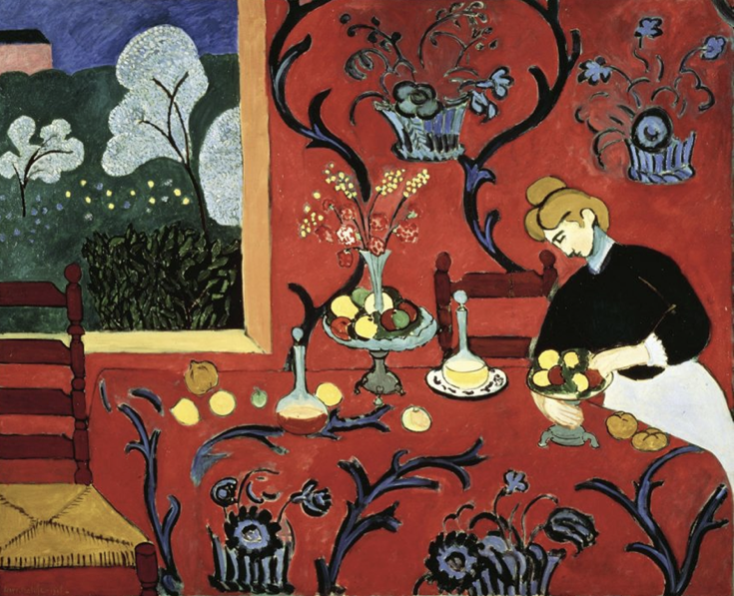
Henri Matisse, Red Room (Harmony in Red), 1908, oil on cnavas, 180.5 × 221 cm (The state Hermitage Museum

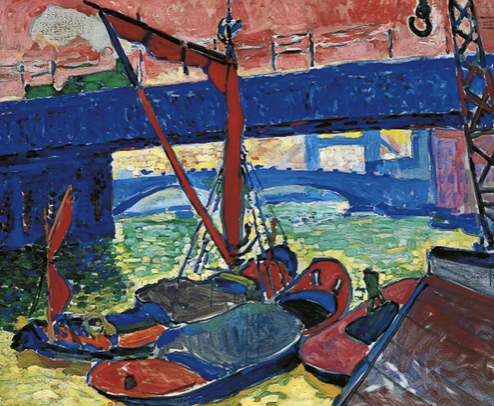
André Derain, Barges on the Thames, 1906, oil on canvas, H 81.3 x W 99 cm Leeds Art Museum
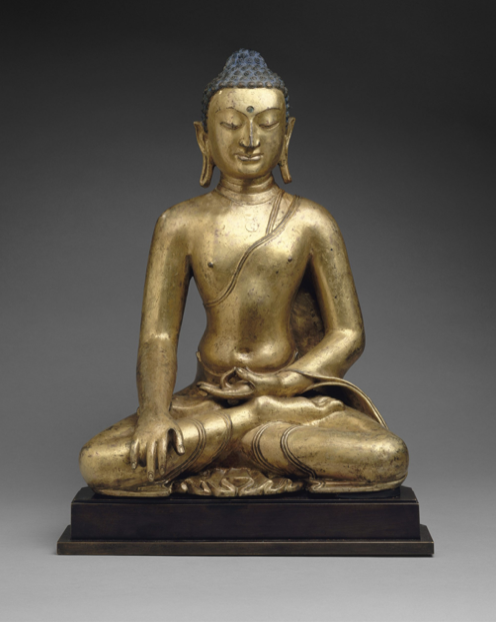
Buddha Shakyamuni or Akshobhya, the Buddha of the East, 11th–12th century, Tibet, gilt copper, 58 cm high
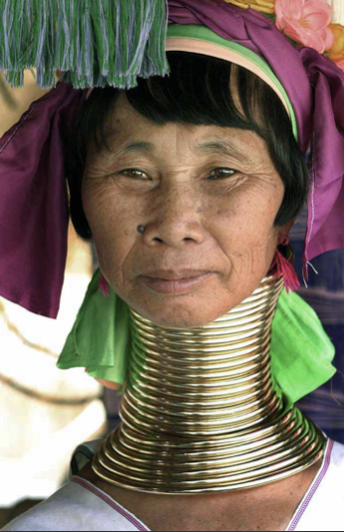
A Kayan Lahwi woman, Myanmar.
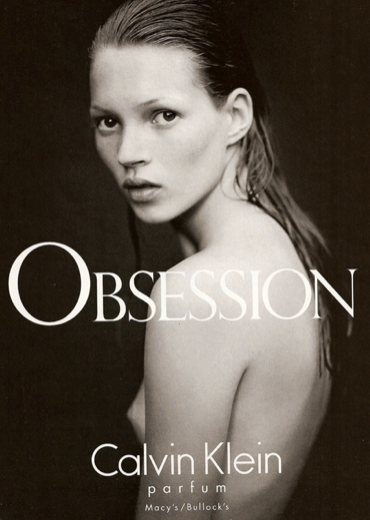
Heroin Chic, 1990s
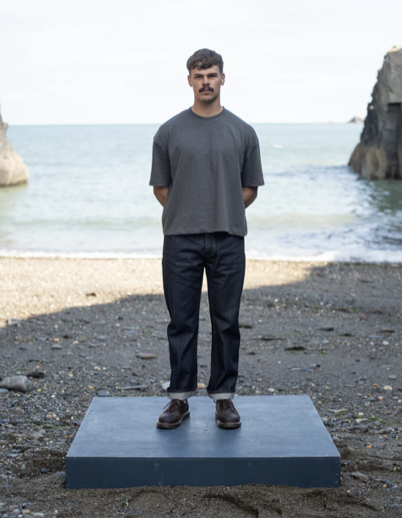
Hiut Denim
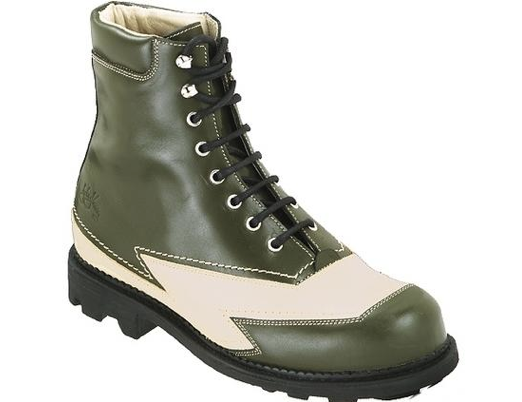
John Fluevog Shoes
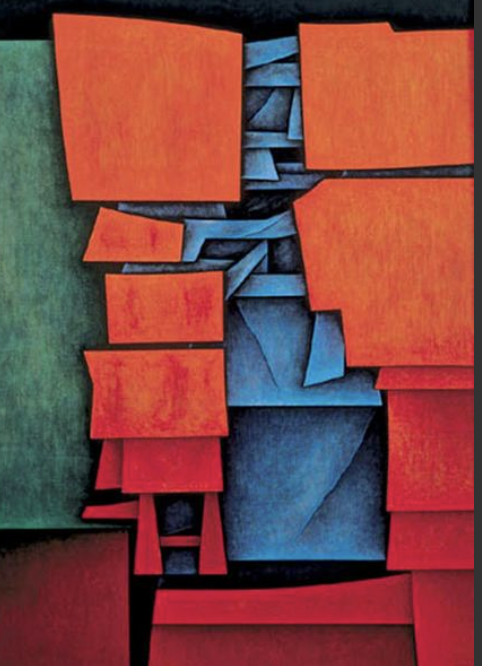
Gunther Gerzso, Personage in Red and Blue. 1964. Oil on fabric.
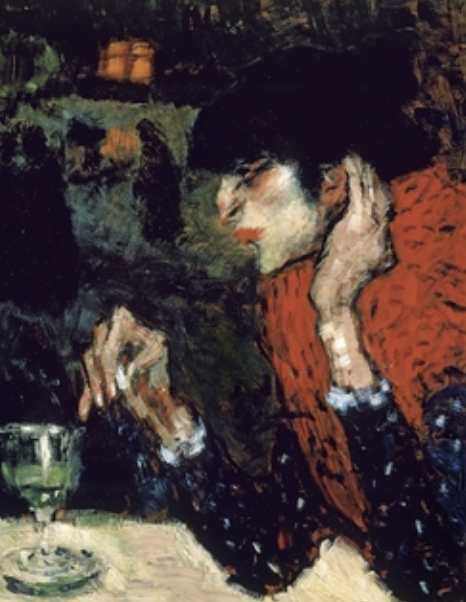
Picasso, La Buveuse d’absinthe, 1901.
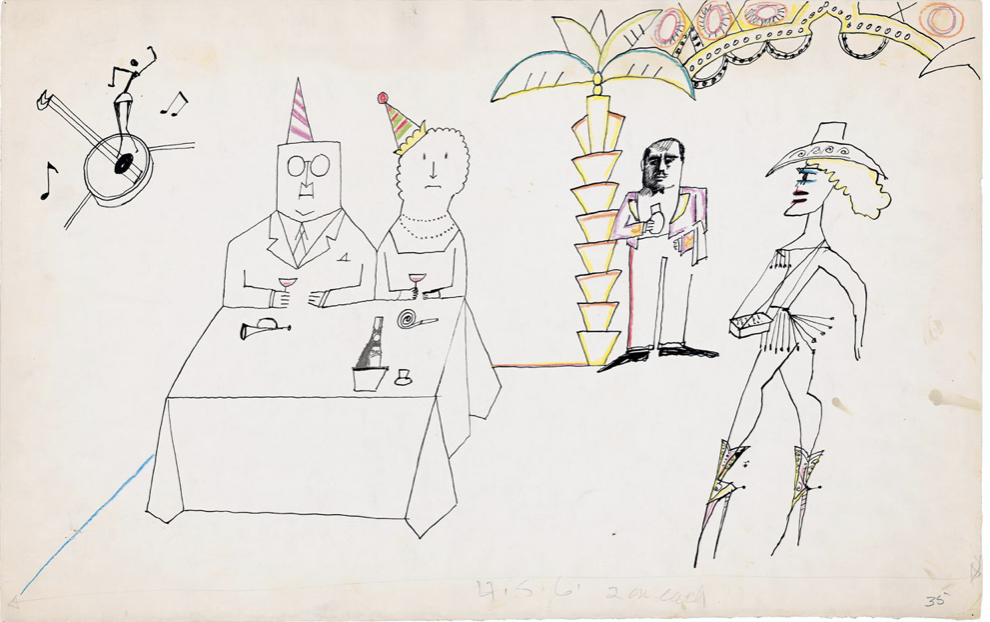
Saul Steinberg, Untitled (New Year’s Eve), 1954-60. Ink, watercolor, and colored pencil on paper, 14 ½ x 23 in. Cincinnati Art Museum; Gift of The Saul Steinberg Foundation.
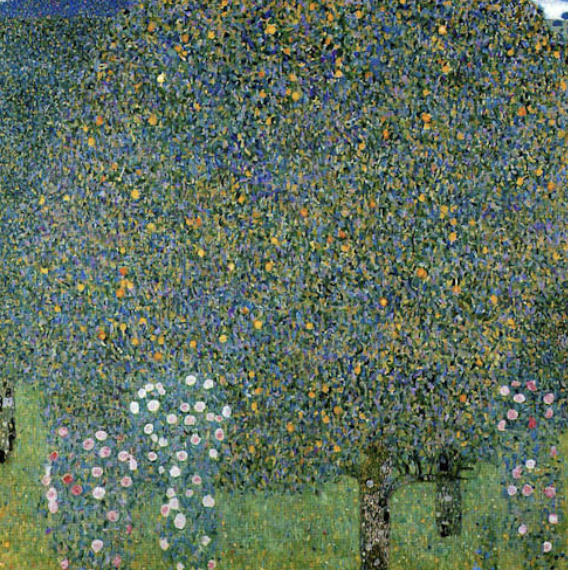
Gustav Klimt, Birmbaum, 1903
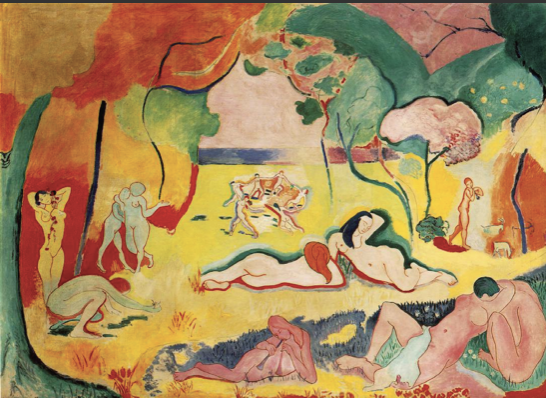
Henri Matisse, Bonheur de Vivre (The Joy of Life), 1906, oil on canvas, 175
x 241 cm (The Barnes Foundation, Philadelphia)
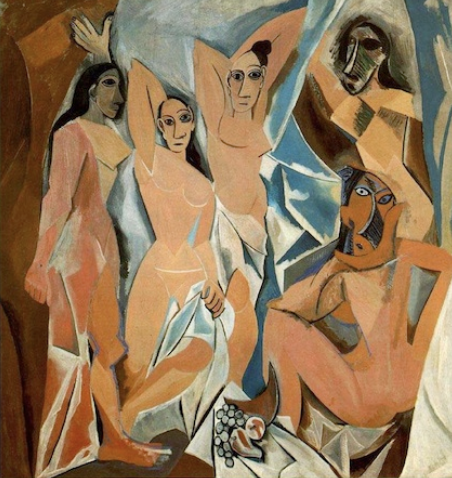
Pablo Picasso, Les Demoiselles d'Avignon (The Women of Avignon), 1907, oil on canvas, 8' x 7' 8" (243.9 x 233.7 cm) (Museum of Modern Art, New York)
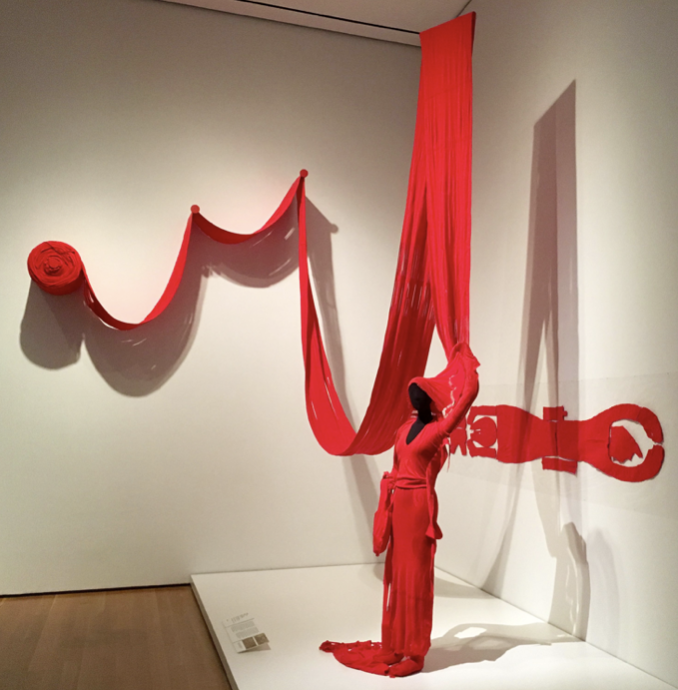
Issey Miyake, Japanese Fashion Designer, APOC A Piece of Cloth.

Renzo Piano
Famous architect, created Pompidou Art Museum in Paris during 1970s. He envisioned it as a “genuinely living organism”
